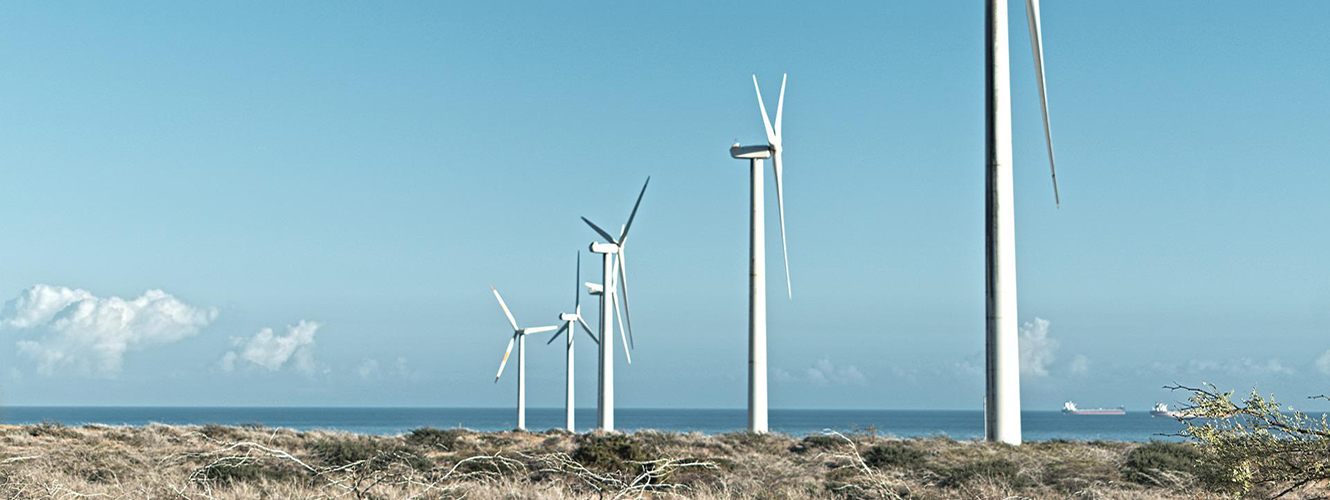
Our Head of Sustainable Energy, Darren Edwards, welcomes the recent government announcement on making onshore wind projects in England more viable – but cautions that more information is needed before they can become a reality.
The announcement in the government’s mini-budget is a clear step in the right direction to increasing domestic sources of renewable energy, and reducing reliance on fossil fuels and foreign imports.
The government announced it would bring planning policy for onshore wind projects back in line with other infrastructure projects in England – although the details are not yet clear.
An effective ‘ban’ on wind turbines had been in place since June 2015, as all new schemes had to both be in a local authorities’ Local Plan or Neighbourhood Plan and had to have clear community backing.
In practice, this meant minor public objections to new developments were enough for local authorities to refuse planning applications with no fear of an appeal being successful. This saw the market for onshore wind in England curtail overnight.
While removing this barrier would make it more likely for new wind farms and single turbine projects to be built, Darren warns that more details needed to be revealed before the impact of the government’s plans become apparent.
He said: “This announcement has been a long time coming for the renewable energy sector, and should finally free the market from the shackles of the previous planning regulations around onshore wind – which in practical terms made it almost impossible for new onshore turbines to be built. However, we now need to understand when will these planning barriers be taken down, and how quickly will it happen? It’s one thing to make an announcement, but we need more detail on when and how the government will deliver this much needed change.
“The positive thing to say is that if the government follows through with its promises, we at Fisher German are well placed to deliver having advised landowners and energy companies on many gigawatts of wind projects across the UK for well over 20 years. The big difference now, compared to when the onshore wind market was booming, is that due to energy price rises the technology can be wholly viable without the need for subsidies such as the Feed-in Tariff, making it even more likely that new projects will come forward.
“As ever, the key to a successful project is meticulous planning – meaning completing all appropriate feasibility and viability investigations including establishing a suitable grid connection. These are all factors we can support with.”
Last week’s comments by the Chancellor not only bode well for new onshore wind projects but also existing projects.
Darren added: “Many of the existing wind farms that were built in the 1990s and 2000s are in the process of being ‘life-extended’ or re-powered with larger, more efficient turbines. The proposal to lift the planning barriers will only help that process and we look forward to supporting clients in those negotiations, because the market is very different now to 20-30 years ago and land deals need to be reviewed.
“As long as the government plays ball, England will once again be in a great position to capitalise on its abundant wind resource and provide a cheap source of green energy to support in the fight against climate change and rising energy costs.”
If you have been contacted about an onshore wind project or want to explore the feasibility of such a project on your land, please don’t hesitate to get in touch.





